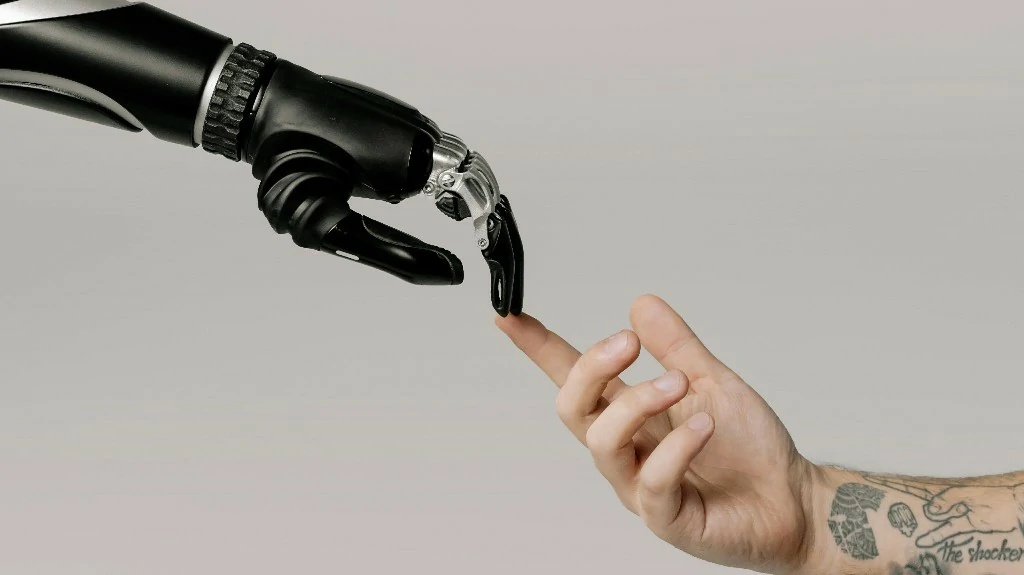
In today's digital age, the mediums through which we convey information are rapidly evolving. PowerPoint presentations, once the cornerstone of business meetings and academic lectures, are now undergoing a transformation. The shift towards video content has become more pronounced, given its dynamic nature and the ability to reach a wider audience. But how does one transition from static slides to engaging videos?
The Rise of Video Content
The digital revolution has brought about a significant change in content consumption patterns. Videos, with their ability to combine visual and auditory elements, offer a richer and more engaging experience compared to static slides. They're easily shareable, compatible across devices, and can convey complex information in a digestible format. For businesses, videos can enhance brand visibility, while educators can create interactive lessons that resonate better with students.
Traditional Conversion Methods: A Mixed Bag
PowerPoint itself provides an option to save presentations as videos. This feature, while handy, has its limitations. The conversion can be time-consuming, especially for content-rich presentations. Additionally, elements like animations, transitions, and embedded media might not always translate well into the video format. There's also a lack of advanced customization, which can be a hindrance for those aiming for a specific video aesthetic.
The Intersection of AI and Content Creation
Artificial Intelligence (AI) has permeated various sectors, ushering in efficiency and innovation. In the realm of content creation, AI tools can simplify complex processes, ensuring high-quality outputs with minimal manual intervention. For PowerPoint-to-video conversion, AI can optimize content, ensuring smooth transitions, appropriate animations, and even voiceovers that match the slide content.

Harnessing AI for Seamless Conversion
Imagine uploading a presentation and having an AI tool analyze its content, structure, and design elements. Post-analysis, the tool can suggest optimal video settings, from resolution to aspect ratio. For presentations with a lot of data, AI can recommend suitable visualizations, ensuring that the video retains the viewer's interest. Voiceovers, a challenge in traditional methods, become simpler with AI's text-to-speech capabilities, providing clear narration that aligns with the slide content.
Incorporating Advanced Features for a Dynamic Presentation
Beyond basic conversion, modern tools offer a plethora of features to enhance video quality. Automated animations, dynamic slide transitions, background music integration, and even interactive elements like embedded quizzes can be added. These features, while enhancing the video's quality, also ensure that the core message of the presentation isn't lost.
Conclusion
The shift from PowerPoint presentations to videos is indicative of the broader digital transformation. As audiences become more tech-savvy and their content consumption patterns evolve, it's imperative to adapt and deliver information in formats that resonate. With AI-driven tools, this transition becomes not just feasible but also efficient. Whether you're a business professional, an educator, or just someone looking to share knowledge, leveraging modern solutions can elevate your content, ensuring it's both informative and engaging.




